China's top medical experts and state media this week repeatedly underscored the significance of sticking with the dynamic zero-COVID policy, saying that China's approach is the lowest-cost epidemic prevention model in the world, especially in comparison with the "lying flat" approach adopted by the West.
Liang Wannian, head of China's COVID-19 response expert panel under the National Health Commission, said at Thursday's press conference that it's necessary for China to stick with the dynamic zero-COVID policy. Liang cited several reasons. One is that the mortality rate of COVID-19 is higher than flu, and the other is that the lasting period of long COVID conditions is uncertain.
If China relaxes its measures and adopts the West's "lying flat" policy, it would cause a large number of infections, severe cases and deaths, especially among the elderly and people with underlying diseases. Such a scenario cannot be tolerated, so every effort must be made to prevent it, Liang said.
Wu Zunyou, chief epidemiologist of the Chinese Center for Disease Control and Prevention, said at the same press conference that China is an "absolute top student" when compared with the U.S. and the world in the effectiveness of epidemic prevention and control. "We have no reason to be less confident or to doubt our prevention and control strategy," Wu said.
Liang said China's prevention and control policy is the most cost-effective, and China is leading the world in terms of prevention and control effectiveness and economic development. He said the effectiveness of the COVID-19 response should be evaluated through a dynamic and comprehensive view, and it's most cost-effective to protect the interests of a wider range of people over a longer period of time.
The People's Daily, the flagship newspaper of the Communist Party of China, has published commentaries this week on the need to stick with the dynamic zero-COVID policy. On Wednesday, the newspaper said that "lying flat" is not desirable, and it is impossible to win the battle against COVID-19 by simply "lying flat."
China's moves came after the World Health Organization (WHO) made repeated suggestions that countries should prepare for a spike in cases of both flu and COVID-19.
The WHO on Wednesday launched a campaign in Europe entitled "Keeping COVID-19 and influenza at bay this autumn/winter. Prepare, prevent, protect." The WHO campaign calls on European countries to relaunch mitigation efforts and be ready to respond to an increased burden on their healthcare systems amid concerns over an autumn and winter surge of COVID-19 and influenza.
Also on Wednesday, a report from the International Monetary Fund (IMF) downgraded the forecast for China's growth to 3.2 percent in 2022 and 4.4 percent in 2023. It projected that China's economic growth in 2022 will be the second weakest in over 40 years and IMF blamed it on the dynamic zero-COVID policy.
In response, Chinese Foreign Ministry spokesperson Mao Ning said at Wednesday's routine media briefing that facing a complex and challenging situation at home and abroad, the Chinese economy has withstood the pressure and demonstrated steady recovery and its performance has stayed within the appropriate range.
"Only when the pandemic is contained can the economy be stabilized. When all things are considered, China's COVID measures have worked most effectively and been most cost-effective," Mao said.
When some Western media reports ramped up their smears on China's COVID-19 strategy citing waste of resources, disruption to supply chains and people's lives as well as reduced consumption, Chinese healthcare observers and economists rebuked such claims as being shortsighted and failing to see the whole picture. Given the long COVID conditions that have been increasingly reported worldwide and that have seriously affected laborers and children's long-term health, China's dynamic zero-COVID policy guarantees China's stable long-term social and economic development, observers said.
Unacceptable scenario
Ming Jinwei, a Beijing-based commentator on international affairs, told the Global Times on Wednesday that smears by Western politicians and media aim at confusing the minds of Chinese people and undermining the unity of Chinese society.
Citing the situation in Japan, Ming said China's COVID-19 response turns out to be the most cost-effective system, and Chinese people would not accept the consequences if China really "lay flat." Japan is an example of countries adopting the "lying flat" COVID policy. With a population of 126 million, Japan reported the highest daily infections of over 260,000 in August with the highest daily death toll of 343. An average daily death toll was recorded at 267 in August, according to Ming.
If Beijing, with a population of 22 million, had "laid flat," it would have seen more than 40,000 daily infections during the peak of the epidemic, with 40 daily deaths, he said.
"The scenario for entire China would be a daily infection rate of more than 1 million and a death toll of more than 2,000, if we only take into consideration of the urban population of around 900 million," Ming said.
Zhuang Shilihe, a Guangzhou-based medical expert, also discussed the scenario of China "lying flat" with the COVID-19. He told the Global Times that "lying flat" would paralyze China's medical system, and regions across China would plunge into stagnation. Under such extreme scenario, COVID-19 data would be too large to be accurately calculated, and "critically-ill COVID-19 patients" may be the only category that could be counted, the medical expert said.
Long-term development
Chinese observers acknowledged the zero-COVID policy's short-term impact on the Chinese economy, but stressed that attacking China's dynamic zero-COVID strategy on this basis is not a reasonable way to assess the impact of the country's COVID response. It is necessary to see it in a long-term way and across economic cycles, they said.
Cao Heping, an economist from Peking University, told the Global Times on Wednesday that as a supporting measure for its "living with the virus" approach, the U.S. has drastically increased money supply since 2021 to stimulate consumption, thus driving U.S. inflation to the highest level in four decades.
What's worse, the Biden administration's batches of relief packages as well as the U.S. Federal Reserve's quantitative easing monetary policy have infected global economies, resulting in inflation in Europe, Japan and Australia, Cao said, explaining the comparison could well explain whether China's COVID response is more reasonable.
The epidemic response somehow also contributes to China's growing exports, as foreign clients prefer Chinese products which are manufactured in "COVID-free" factories with low risks of the virus spreading through transportation, Cao said.
China's exports increased 11.8 percent in August, slowing from the 23.9 percent year-on-year growth seen in July, and experts said that although the slowdown in pace is significant, the growth still shows resilience amid a series of domestic and external challenges.
Tang Bei, an associate professor at the school of international relations and public affairs at Shanghai International Studies University, told the Global Times that with the growing number of long COVID cases reported globally, the benefit of China's COVID-19 response will be magnified as time goes on. China's epidemic measures will bring long-term "profits" through a positive cycle in which healthier employees can bring higher productivity and healthier parents can better raise children, Tang said.
In comparison, the U.S., which has been pursuing the approach of "living with the virus," has seen an estimated 16 million "working-age" Americans between the ages of 18 and 65 who currently have long COVID-19, according to a Brookings Institution report released in August.
The Brookings report said COVID-19 is keeping between 2 million and 4 million Americans out of work, resulting in about $170 billion in lost wages annually, U.S. News reported.








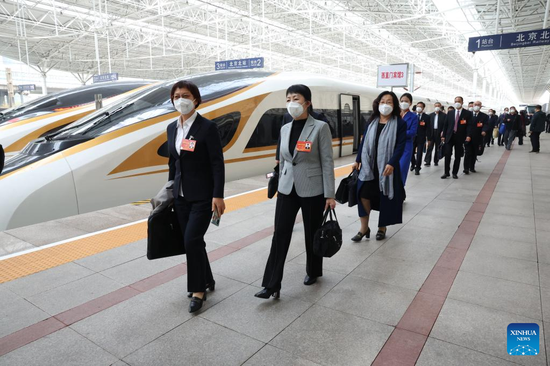

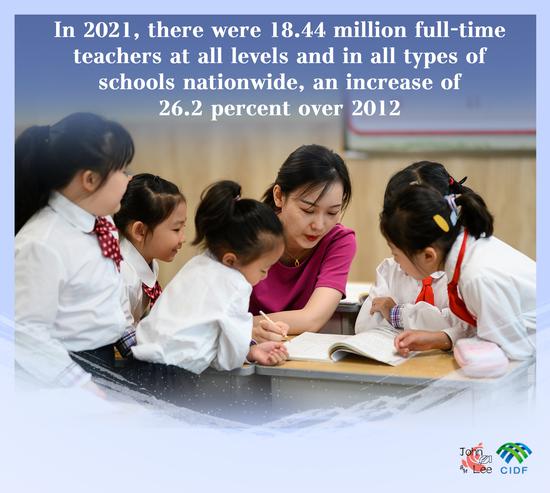
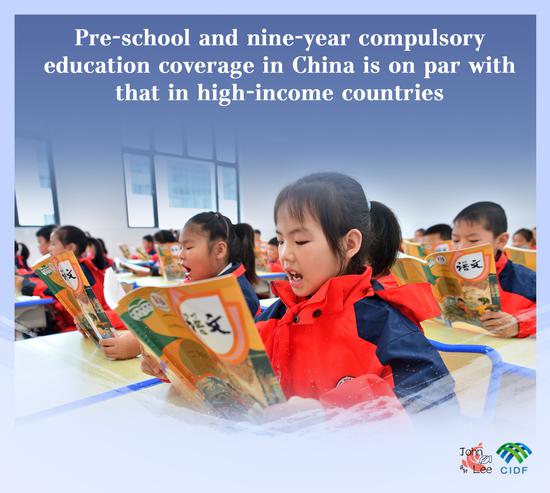

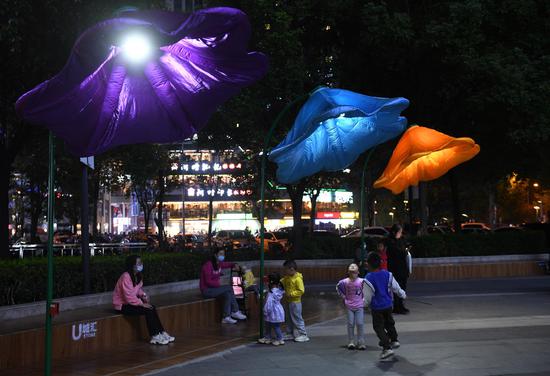
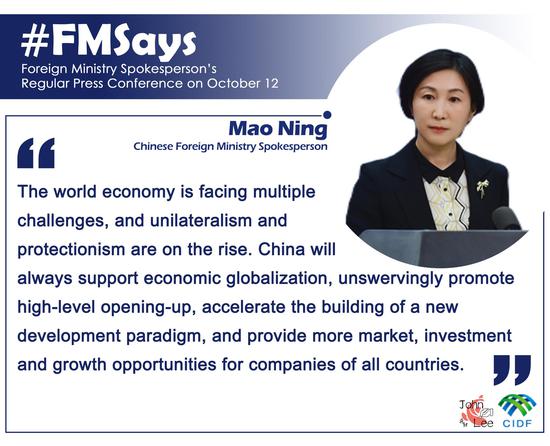

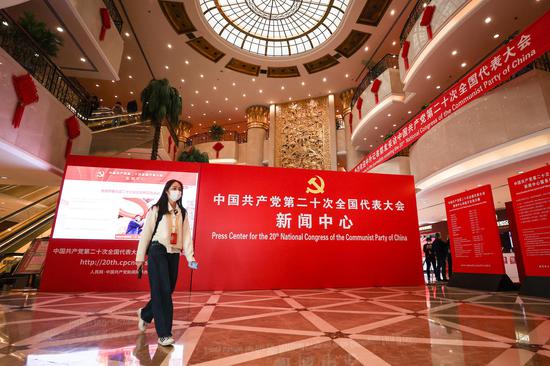
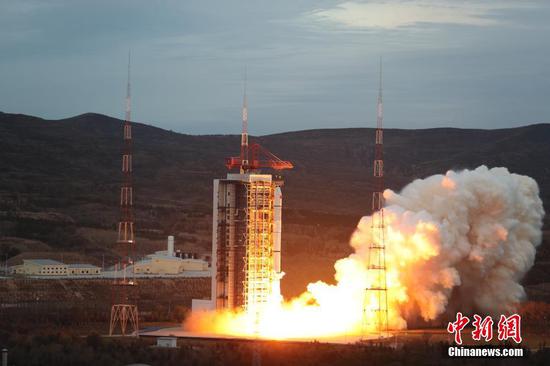
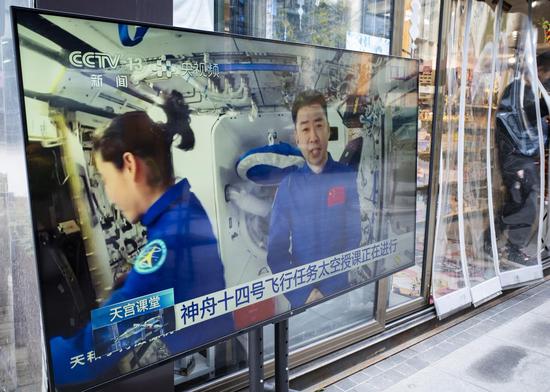



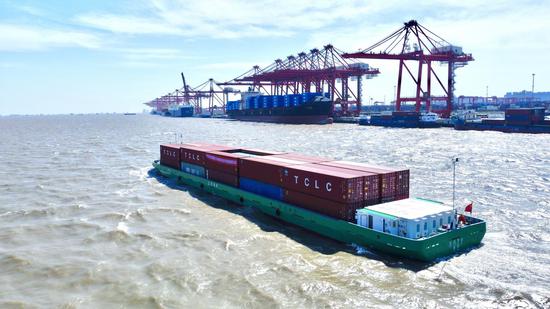



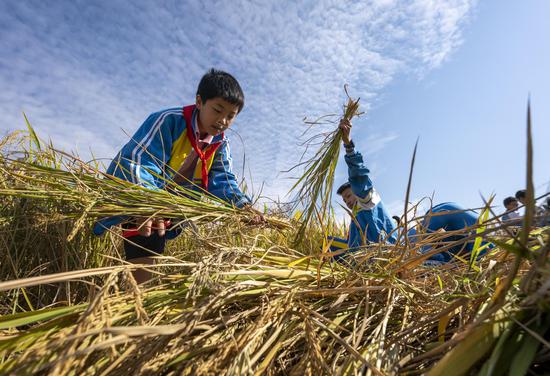


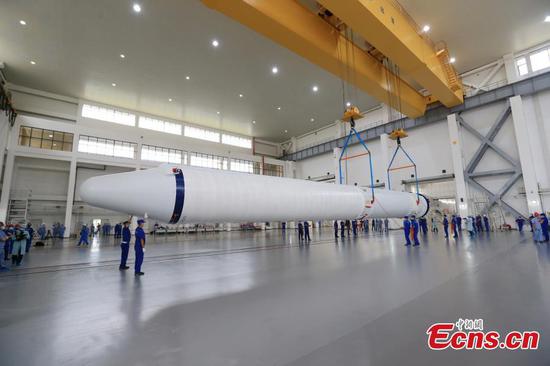
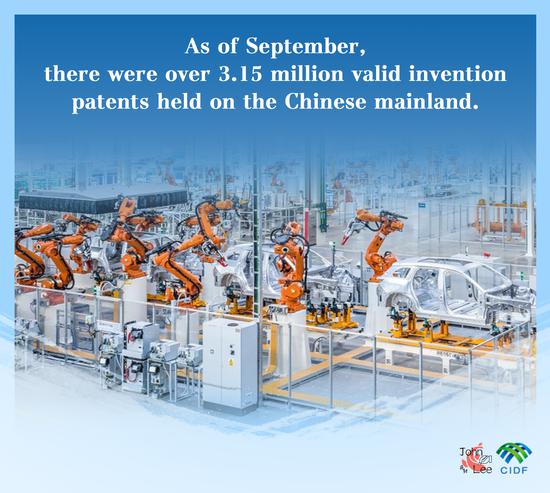


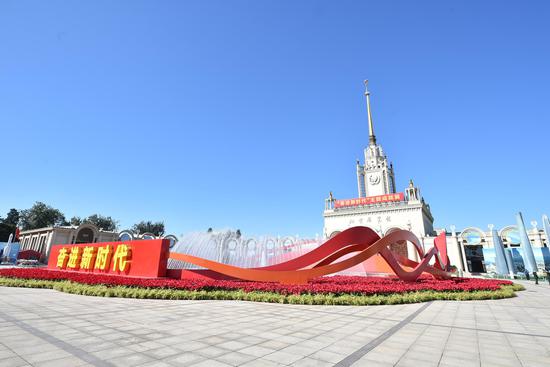


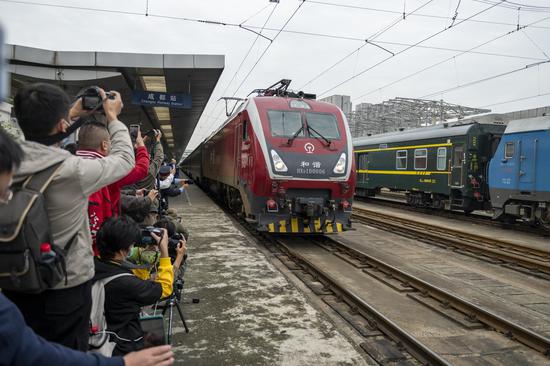



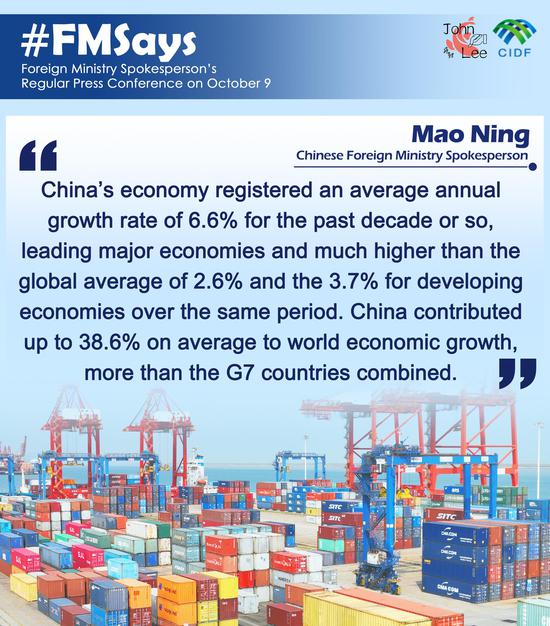







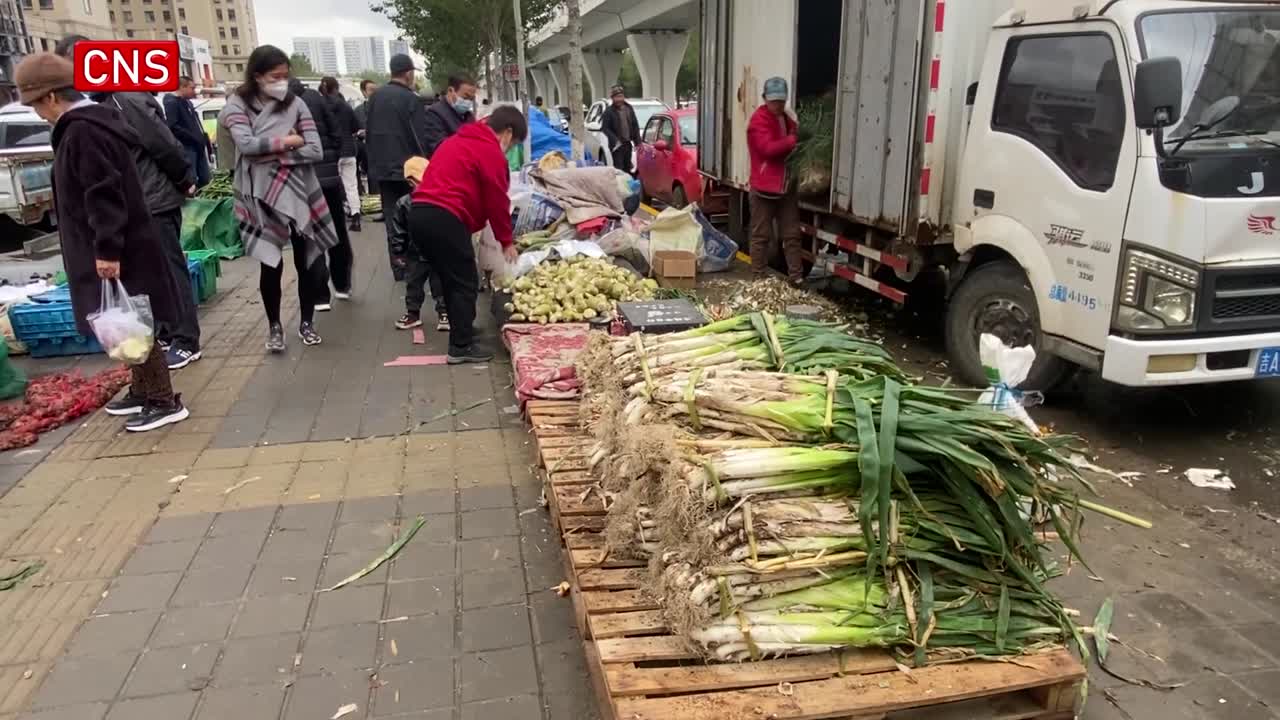

 京公网安备 11010202009201号
京公网安备 11010202009201号